6 Types of Car Insurance Coverage Explained
If you are in the market for automobile insurance, you will need to know the common types of coverages that are available. The variety of types are aimed at protecting you, your vehicle, passengers, and other drivers. The most common automobile insurance coverage options are personal injury protection, liability, medical payments, underinsured and uninsured motorist, comprehensive, and collision.
Depending on your location, some of these options may be mandatory. It is important to know the requirements of your state before shopping for insurance. Insurance companies will also be knowledgable about the minimum state requirements. Let’s take a closer look at these common types of coverage.
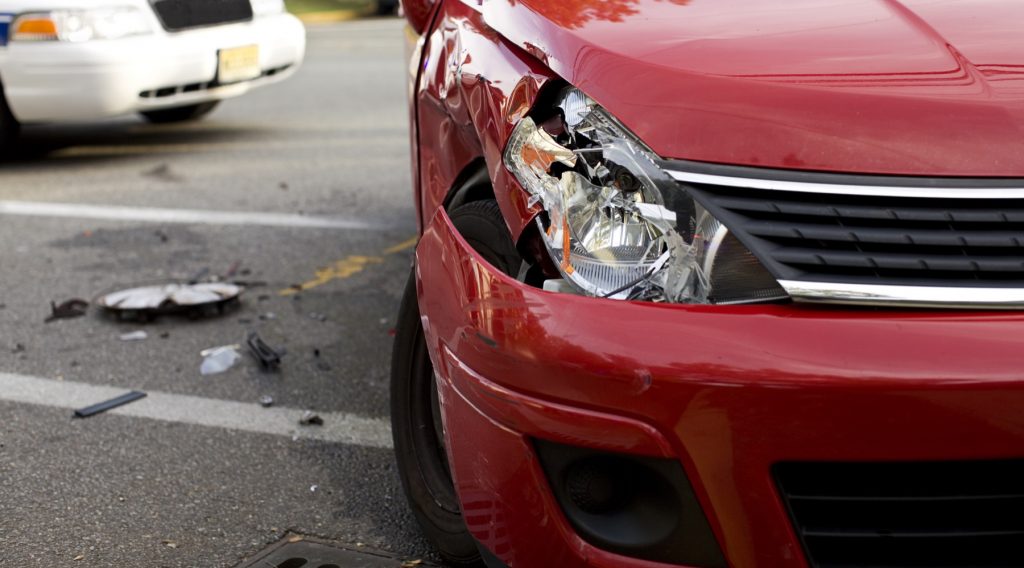
1. Liability Coverage
Automobile liability insurance is required in most states. It is mandatory for drivers to purchase the minimum amount of liability insurance that is established by the state that they reside in. Liability insurance covers bodily injury and property damage. Bodily injury helps to cover costs related to another driver’s injuries in an accident that you caused. Property damage helps pay for damages to another driver’s vehicle or property.
Liability Coverage Limits
The amount the insurer will pay will depend on the amount of coverage you choose. You always have the option of purchasing more than the state minimum coverage. The typical types of liability coverage limits you will see on your policy are listed below:
Property damage limit– The maximum amount an insurance company would pay to repair another driver’s vehicle or property.
Body injury limit per person– This is the maximum amount an insurer will pay to each person that is injured in an accident where you were at fault.
Bodily injury limit per accident– This sets a total limit that the insurer will pay for medical expenses during a single accident that you caused. This includes all people that were injured in the accident. It is important to consider this coverage carefully because costs can rise dramatically if multiple people are injured in an accident. Minimum coverage may not be enough in many cases and could lead to out of pocket expenses.
How Much Liability Coverage Should You Purchase
It is best to purchase additional coverage beyond the minimum state requirements to prevent out of pocket expenses. The decision will ultimately come down to your budget and what you are comfortable with.
What Liability Insurance Does Not Cover?
Liability insurance does not cover damage to your vehicle resulting from an accident or any other type of incident. It also does not pay any of your medical expenses under any circumstances.
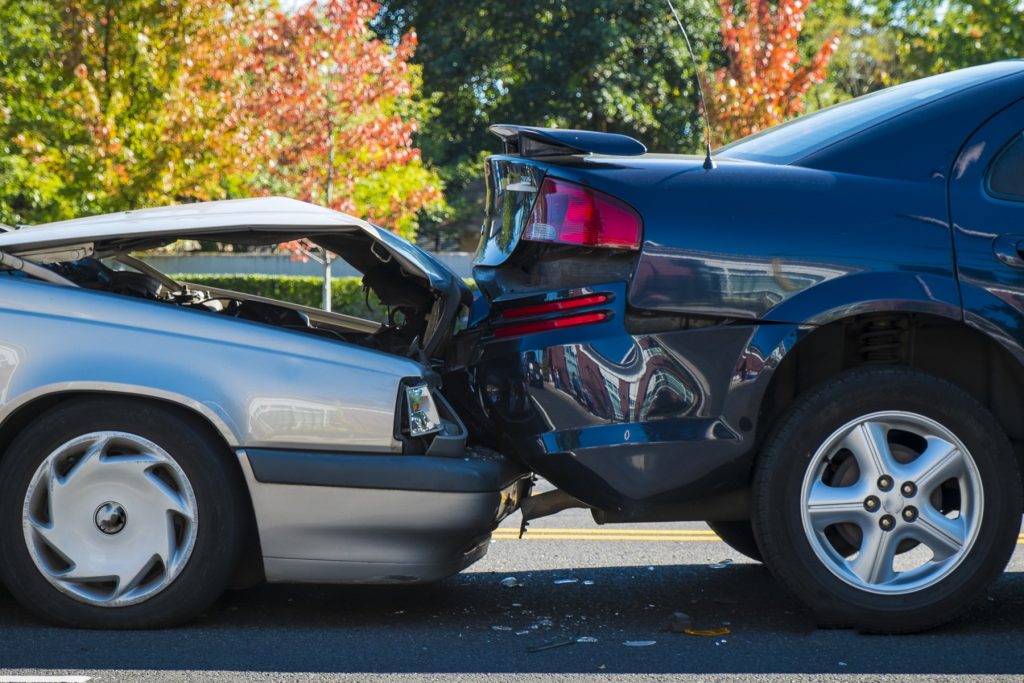
2. Uninsured and Underinsured Coverage
Uninsured motorist coverage helps to pay for your medical expenses if you are hit by another driver who does not have insurance. In some states, repairs to your vehicle may also be covered. Many states will require that this coverage extends to the driver of your vehicle or any passengers. Underinsured motorist coverage will cover any additional medical expenses that exceed the liability limits of the at-fault driver’s policy. In some states, this coverage is mandatory.
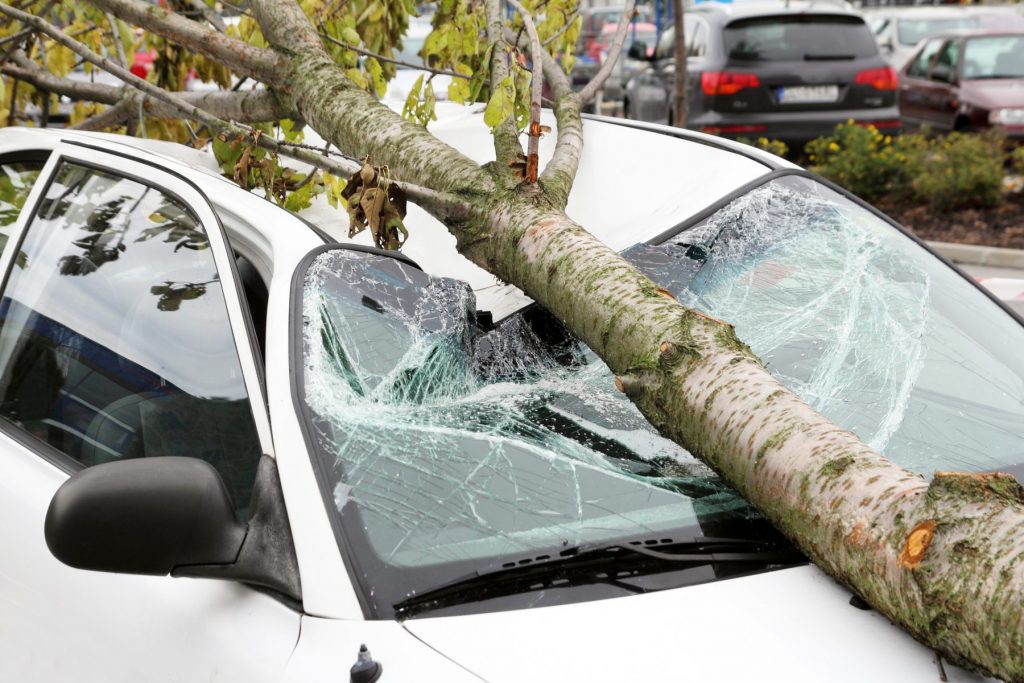
3. Comprehensive Coverage
Comprehensive car insurance coverage pays for damage to your vehicle that results from incidents other than a collision. This includes things such as theft, falling objects, fire, vandalism, and natural disasters. If your vehicle still has a lien on it from a financial institution, they will most likely require that you purchase this coverage. This insurance is typically not required by law whether you own the vehicle or not. this vehicle does not cover damage from collisions to any vehicles. It also will not cover medical expenses for you or your passengers.
Deductibles and Limits
When you buy comprehensive insurance, you will have to select a deductible amount. A deductible is an amount that you pay towards a claim. Most lenders will require that you have a maximum of a $500 deductible. The deductible range is usually between $100-$2500. For example with a $500 deductible, if your vehicle incurs $2,000 in damages, you would pay $500 out of pocket and the insurance company would pay $1,500. The limit of this coverage is usually the value of the vehicle. For example, if your vehicle is stolen or the damage is deemed as a total loss by the insurer, they would only pay you the depreciated value of your vehicle.
Should You Purchase Comprehensive Coverage?
If your vehicle does not have a lien, the decision to purchase comprehensive coverage will depend primarily on the value of your vehicle and the cost of the premiums. A rule of thumb is that if you are unable to pay for the damages to your vehicle out of pocket, it is a good idea to purchase comprehensive insurance. A suggested formula for calculating whether you should buy comprehensive coverage is to multiply the annual premiums by 10 to see if this amount exceeds the value of your vehicle. If it does, it may be a good idea to save this money instead of buying comprehensive insurance. Your agent can help you in making this decision.
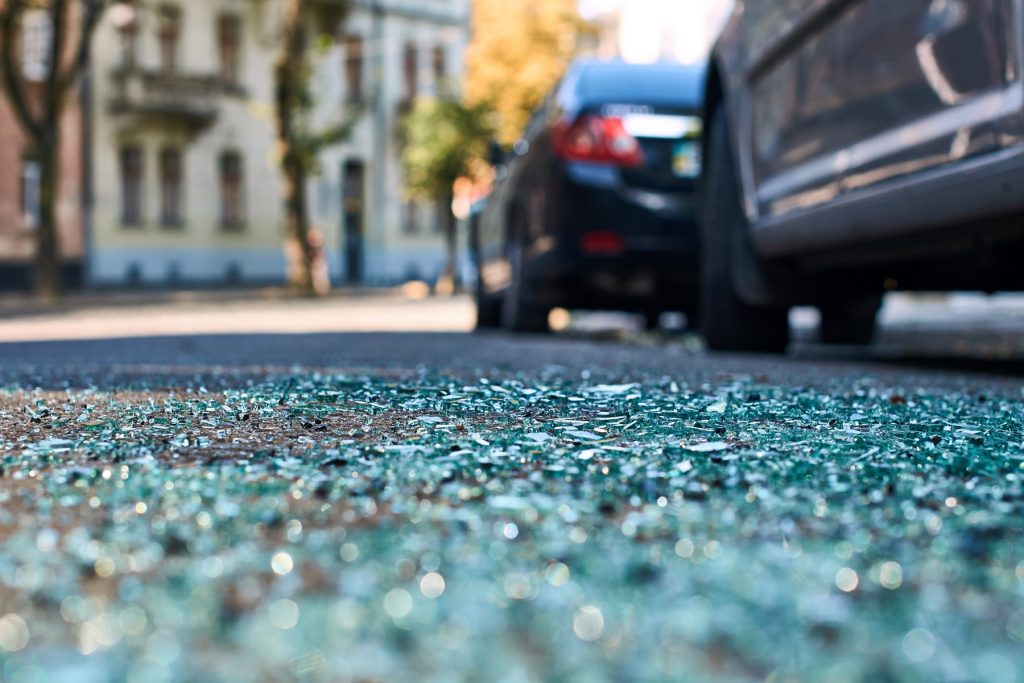
4. Collision Coverage
Collision car insurance coverage pays to repair or replace your vehicle if it is involved in an accident with another vehicle or object. Similar to comprehensive coverage, if your vehicle has a lien, the lender will usually require that you purchase this insurance. Whether you own your vehicle or not, states typically don’t require this coverage. Any damage to your vehicle that does not result from a collision will not be covered by this insurance.
Deductibles and Limits
Similar to comprehensive coverage, you must set a deductible with collision coverage. Like comprehensive insurance, most lenders will require that your deductible not exceed $500. The deductible range is also usually between $100-$2,500. For both comprehensive and collision coverage, a lower deductible will usually result in higher premiums. The policy limit is usually the value of your vehicle. The reasons to consider purchasing collision insurance are basically the same as comprehensive coverage.
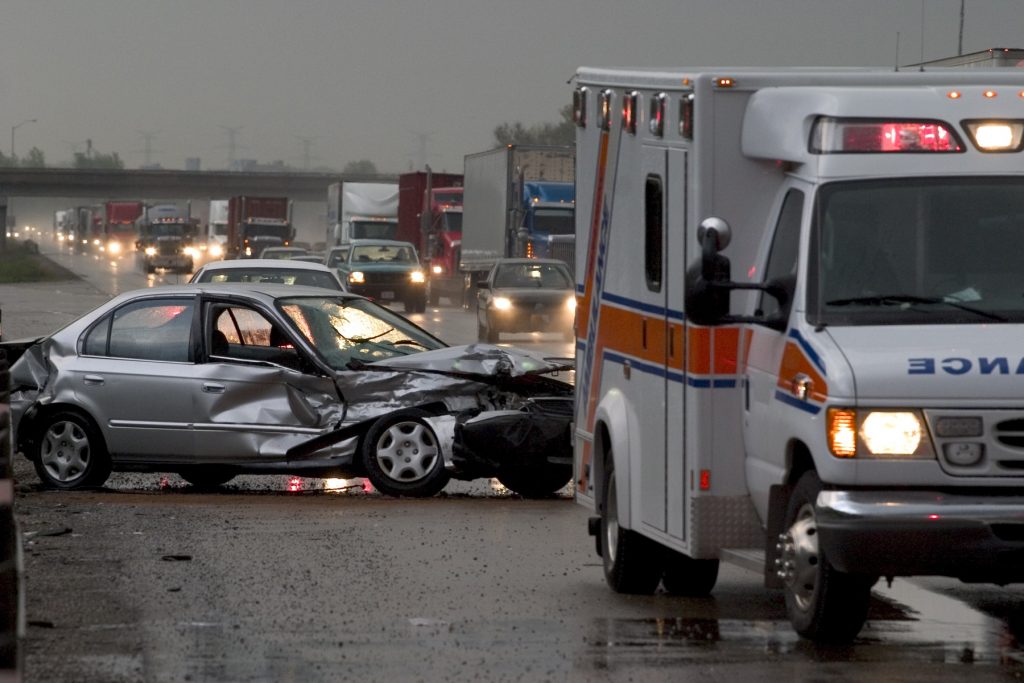
5. Medical Coverage
Medical car insurance coverage helps to pay you and your passengers’ medical bills if you’re hurt in an accident. This coverage applies regardless of who caused the accident. This insurance is usually optional and may not be available to purchase in all states. medical coverage will typically cover co-pays, health insurance deductibles, doctor or hospital visits, emergency services, surgery, prostheses, and x-rays.
Coverage Limits
The limits for this insurance will be determined by the amount of coverage that you purchase. If you exceed your policy limits, you will have to pay for these expenses out of pocket. The decision to purchase this insurance can be based in part on what type of health insurance coverage you have. If your existing health insurance policy will cover the medical expenses above, then medical insurance coverage may not be worth purchasing. In a case where you have high deductibles or co-pays, it may be worth purchasing this coverage. For example, if your health insurance policy has a $1,000 deductible, a $2,000 medical coverage policy would cover this deductible.

6. Personal Injury Insurance
Personal injury insurance is not available in all states. Like medical coverage, it will help pay medical expenses after an accident. In addition, it can cover things such as lost wages, and child care expenses due to injury. This insurance is also known as no-fault insurance or personal injury protection(PIP) insurance. Some states mandated this insurance to simplify the process of which driver was at fault for an accident. This coverage also extends to your passengers.
Coverage Limits
In states where this insurance is required, state laws set the minimum coverage limits. You can purchase additional coverage in most states where this coverage is mandatory. It may be a good idea to purchase more than the minimum coverage because these limits can easily be exceeded if you have multiple passengers in your vehicle that are injured. Any expenses above your policy limits will be your responsibility.
What is Not Covered by Personal Injury Insurance
Personal injury insurance does not cover damage to or theft of your vehicle, damage to other people’s, property, or medical expenses that exceed coverage limits. In the case of medical expense coverage that is exceeded, you may be able to file personal injury lawsuits in some states against at-fault drivers that hurt you or your passengers. you may also be able to file a suit if your coverage limits are exceeded.
Personal Injury vs Medical Coverage Coverage
The primary difference between these coverages is that medical coverage is always optional while personal injury insurance is mandatory in some states. In most cases, states will offer one or the other, but not both. Also, depending on the state, the coverage limits can vary greatly between these coverages. While some states will regulate minimum coverages for personal injury insurance, this is never the case for medical insurance.
